BenQ EW2775ZH review – Eye-care monitor
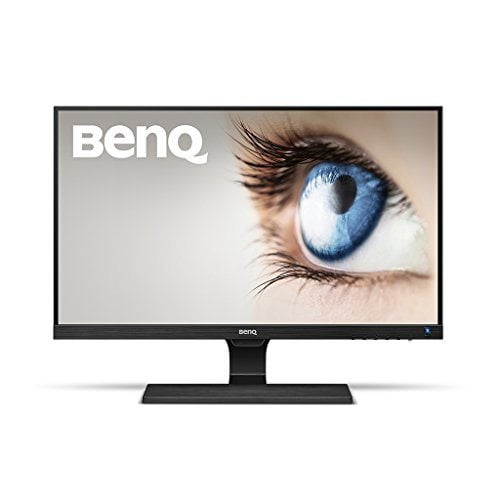
SAFETY FIRST, IMAGE QUALITY SECOND
Considering how long we stare at our displays all day, it’s a little scary about how little thought we put into the long-term effect these screens have on our eyesight. Our vision is without doubt our most important sense, and yet most PC users pay little attention to whether their monitor could cause any medical issues with our eyesight. BenQ has led the charge now for several years to introduce new technologies that lessen the damage staring at a screen does to our eyesight, and the new WE2775ZH is a budget-level monitor that incorporates everything they’ve learnt to this day. It may not be the sexiest monitor around, but at least you can be sure it’ll lessen the long-term damage to your eyeballs.
[sc name=”ad 2″]

At 27 inches in diameter, this monitor is definitely priced at the lower end of the display spectrum. It’s not designed for gamers or professional content creators – this is an average, everyday display designed for basic desktop use. Given its large size, the resolution of 1920 x 1080 is decidedly average – it’s incredibly easy to spot pixels, and it gives both text and images a rather grainy effect. Considering it’s being marketed for its safety, having to read grainy text all day seems a little contradictory. All controls are via keys on the bottom of the screen, and we found it a little painful to use, not quite as intuitive as other OSDs. The
The basic stand is not height adjustable
screen extends all the way to a tiny bezel that is just a few millimeters thick, making it look even bigger than it is. Considering this is a product aimed at healthy computer use, we found the inability to adjust the stand in even the slightest manner confusing. Computer ergonomics are extremely important, but the only adjustment is a slight shift in viewing angle – there’s no height adjustment at all.
It uses a AMVA+(E2E) type display, which stands for Advanced Multi-domain Vertical Alignment, a type of display that is affordable yet suffers from low pixel response times. Hence the 12ms pixel response time, as well as the low cost.
One of BenQ’s key safety features is a Low-blue light panel, which is part of its Eye-Care technology, and it’s a trend that has since been copied by the rest of the industry. According to eye specialists, the blue light in the sun, lights and displays reaches deeper into the eye due to its shorter wavelength, and its long-term effect can cause damage to the retina. It’s even been linked to development of age-related macular degeneration. Computer screens in particular emit higher levels of blue-light, so BenQ’s low Blue-Light mode simply lessons the amount of blue that is passed through the screen. This can be adjusted via various presents, but it’s obvious to see-simply put a blue screen up, and adjust the mode and you can see how it lessens the amount of blue in the image.
The screen also uses flicker-free technology. Without writing an essay about Pulse Width Modulation, basically the backlight of your screen flickers, which can cause eye strain. PWM is used to hide this effect, but it’s not regarded as being healthy for your eyesight. BenQ claims that its use of Direct Current backlights remove this effect, and studies with oscilloscopes have shown that they do indeed deliver a constant luminance, with no flicker.
As for basic color and image quality, we used Lagom’s online LCD tests. The monitor performed well in the contrast tests, but totally bombed the black level and white saturation tests – it was basically impossible to see any of the darker darks or lighter whites. This could be due to the image mode we used, but testing all of the other modes revealed the same effect. So when it comes to basic image quality, don’t expect anything near the quality of other 27 inchers, albeit which are priced more highly.
To be frank, we’re not really happy with this display’s resolution nor results in the Lagom tests, but at least you know you’re getting an affordable 27-display that should keep your eyes healthier than monitors that don’t include the Flicker-free and Low Blue light technology.
Bennett Ring
KEY SPECS
27-inches; 1920 x 1080 @ 60Hz; AMVA+(E2E) panel type; 3000:1 native contrast ratio; D-sub/ 2 x HDMI 1.4


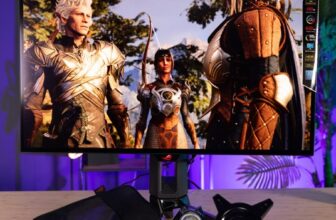
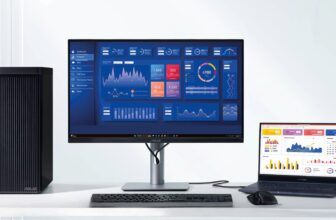
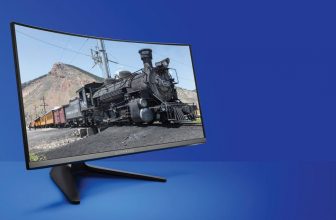
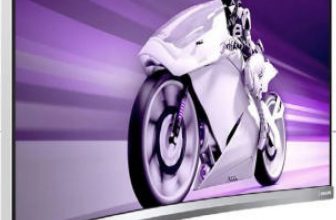
The black level and white saturation tests – especially if everything from 0-16 brightness was black – sound like the display was set to or auto-detected a Limited Range 16:235 “TV” signal. Unfortunately standard TV resolutions over HDMI not being PC range (0:255) end-to-end is a common problem, but usually it’s Intel and NVIDIA drivers using limited range while the monitor expects full range, resulting in a loss of contrast.
Thanks for your information ! 😀